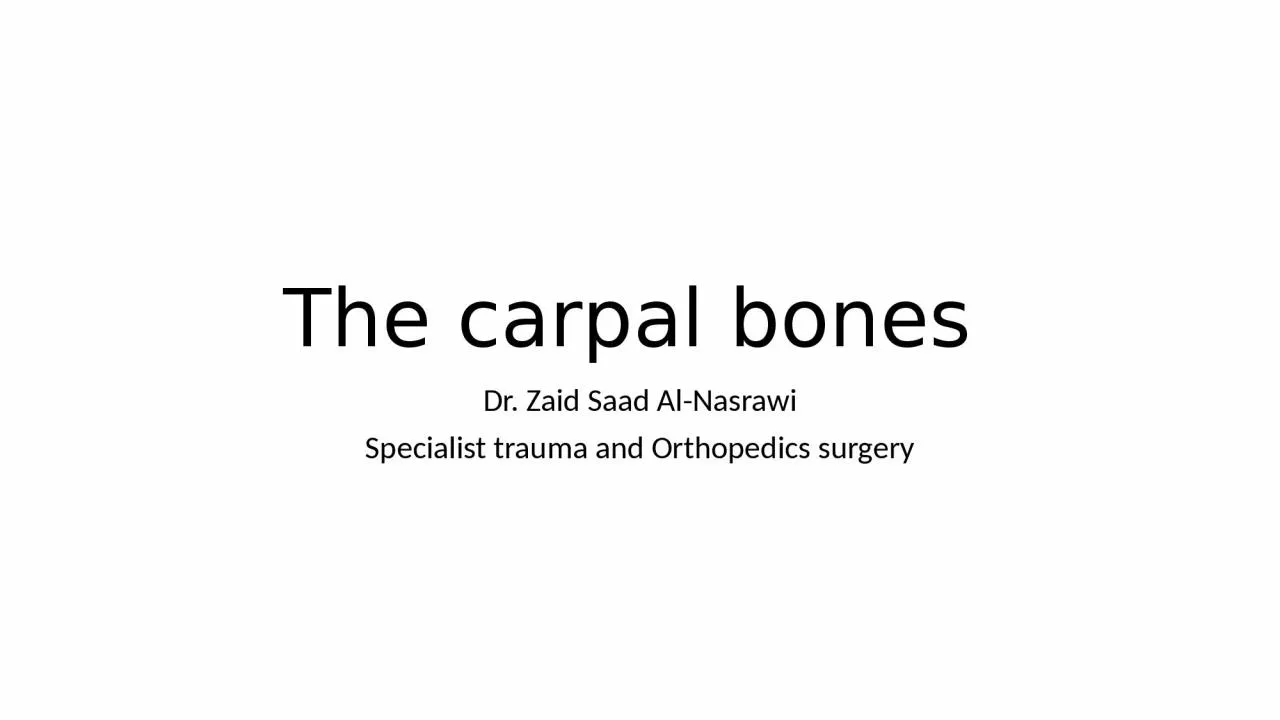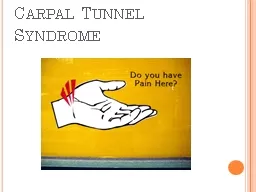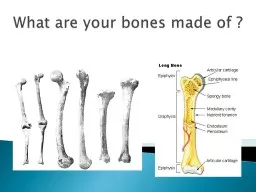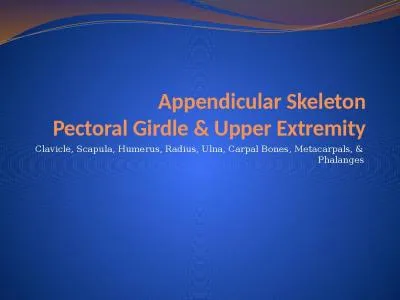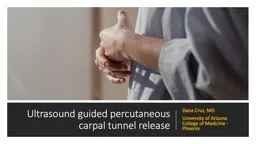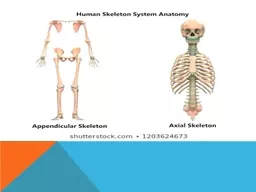PPT-The carpal bones Dr. Zaid
Author : adia | Published Date : 2024-01-29
Saad Al Nasrawi Specialist trauma and Orthopedics surgery The carpal bones are arranged in two rows of four each In the proximal row from lateral to medial are the
Presentation Embed Code
Download Presentation
Download Presentation The PPT/PDF document "The carpal bones Dr. Zaid" is the property of its rightful owner. Permission is granted to download and print the materials on this website for personal, non-commercial use only, and to display it on your personal computer provided you do not modify the materials and that you retain all copyright notices contained in the materials. By downloading content from our website, you accept the terms of this agreement.
The carpal bones Dr. Zaid: Transcript
Download Rules Of Document
"The carpal bones Dr. Zaid"The content belongs to its owner. You may download and print it for personal use, without modification, and keep all copyright notices. By downloading, you agree to these terms.
Related Documents

